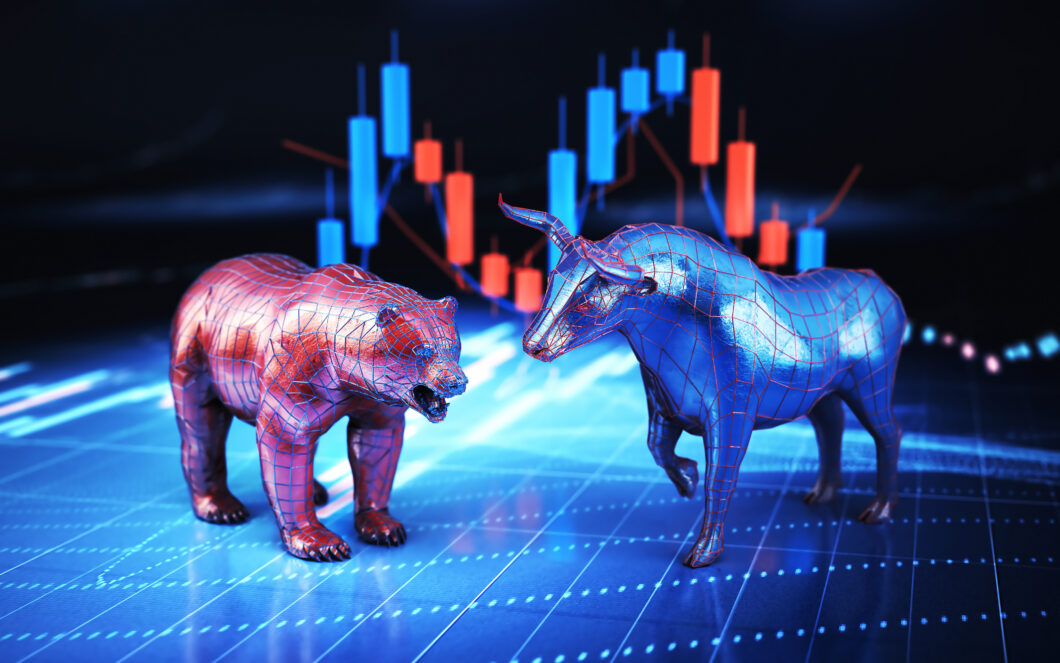Recently, when the Sensex completed 40 years, there was a lot of discussion on how it has given a compound annualised growth rate (CAGR) of more than 16%. On top of it, dividends are to be added to get the total return, i.e., price appreciation plus dividend income.
This is definitely a handsome rate of return, even adjusted for inflation. Let us look at how the index has matured over the decades. For the sake of clarity, it was not possible to invest in Sensex in 1979, as the index was launched in 1986. The relevance of 1979 is that the base year is 1978-79 and the initial value is taken as 100 as on March 31, 1979, i.e., it was worked backwords with historical data.
Index and returns
One mathematical phenomenon is that when an index grows, i.e., the value goes up, to achieve the same rate of return, it has to grow that much more in future as well. This may be termed as base effect, i.e., when the base goes up, the future uptick has to be that much more to achieve the same percentage growth rate.
A case in point, when recently the index gained 1,421 points in one day, the percentage gain was not as huge as the index itself has moved up as much. To go back in history, during the episodic phase of 1992, popularly known as the Harshad Mehta period, the index took off from around 1,000 points in early 1991 and peaked at just under 4,500 points in April 1992. That is, approximately 3,500 points for the biggest rally ever in percentage terms.
Another illustration of this base effect can be seen if we advance the initial date by a decade. From March 1979 to May 2019, i.e., over a period of more than 40 years, the CAGR is more than 16%. Now if we move the initial date by 10 years and compute returns from March 1989 to May 2019, i.e., over a period of 30 years, the CAGR drops to 14.2%. Still a handsome rate of return, but marginally lower than that of the entire period of 40 years.
If we come ahead by another 10 years and compute from March 1999 to May 2019, i.e., over a period of 20 years, the CAGR rate drops further to 12.4%. Over the period of March 2009 to May 2019, i.e., the latest 10 years, it moves up to 14.9%, but still lower than the rate achieved over the entire 40-year period. Looking at the latest 5-year period, from March 2014 to May 2019, the CAGR rate is a little modest at 11.8%.
Market capitalisation
To be sure, the growth in the index over the 40-year period is not the growth in market capitalisation of the same 30 stocks. Companies and sectors drop off the radar and new ones enter, i.e., the leaders at a given point of time are taken into consideration. This phenomenon will continue in future as well; the leaders in market capitalisation will be taken into consideration and the laggards will fade away.
Going forward, the index will continue to grow as it represents the earnings growth of a buoyant economy, which may be broadly taken as the nominal growth rate of the economy, i.e., real GDP growth rate plus inflation. There may be an expansion of the price-earnings multiple as well, as the incremental flows of domestic and foreign investors find way into the leading stocks.
What kind of returns will be obtained in future is anybody’s guess, but whether 16% CAGR will be achieved over the next 40 years is a big question. The base has moved up and the index has to grow as much going forward for the same percentage return.


